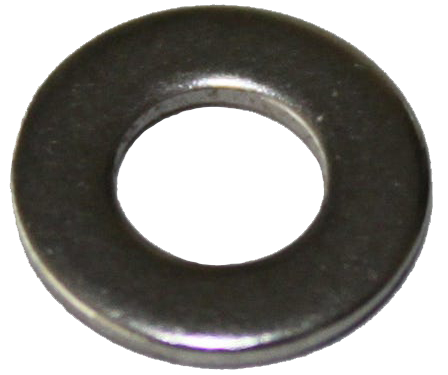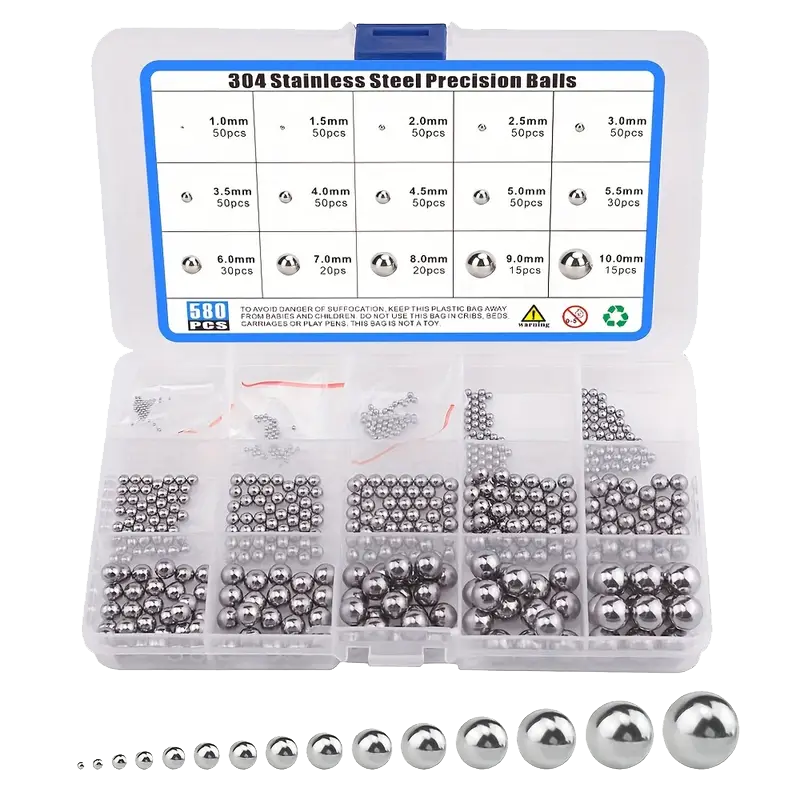Myths
The Wisdom of a Judge
Story Summary
This story tells how a hole maker and a ball maker enter into conflict after one of the balls produced gets stuck in a hole. Each accuses the other of not respecting the correct measurements. They bring their dispute to a judge who, instead of placing full blame on either the holedigger or the turner, declares that it is the fault of both!
Source: Fable
About the Story
This humorous tale features a duo of workers whose harmony is suddenly disrupted. The judge’s solution, which attributes fault to both rather than to one or the other, encourages reflection on compromise and relativity. It also introduces the concept of decimal numbers, among which infinitely many other numbers exist.
Enigmatic, with a conflict that is both amusing and captivating, this story invites students to debate among themselves and to see the world in more than just black and white.
👉 Discover the Story
Maths
Decimals, intervals… and a conciliatory judge
The balls fit perfectly in the holes until one got stuck. Is the hole too narrow, or is the ball too big? Both, declares the judge.
👦🏻 Target age: 7–9 years (Grade 2–3)
⏰ Estimated duration: ?
📎 Materials: A collection of objects of various shapes and sizes. Collections of washers and balls. At least three sizes of washers, three compatible sizes of balls, all very close in size, with a majority of medium size.
🎯 Educational Objectives
Develop the following mathematical skills:
• Ordering
• Modeling
• Reasoning
Develop the following personal/social skills:
• Critique
• Correct, manage errors
• Justify
🔢 Mathematical Concepts
• Order
• Limit
• Precision
An advanced mathematical notion is that while there is nothing between two consecutive integers, between two continuous quantities there is always another. Thus, the judge declares that both artisans are at fault because they could have aimed for the average of the two quantities; no matter how close, one can be considered too small and the other too large. This is an important conceptual leap when students move from integers to decimals: between two decimals or rationals there are always infinitely many others; there are always gaps; a decimal or rational number has no “successor.”
🟢 Activity 1. Ordering – by what criterion?
🗣️ Instructions for students:
Here are some objects. Order them and explain what you are doing.
💬 Pedagogical Commentary
Among the objects: long, short, squat, flat, light, heavy. The idea is that an order depends on a criterion, which can be questioned.
🟢 Activity 2. Ordering different quantities
🗣️ Instructions for students:
Here are some objects. Order them and explain what you are doing.
💬 Pedagogical Commentary
Different workshops with different types of quantities: angle, length, area, volume, capacity, mass, number.
| Object to manipulate | Quantity studied |
| Paper disc portions (not necessarily the same radius) | Angle |
| Paper strips of a given width | Length |
| Cardboard pieces (some overlapping, others more challenging) | Area |
| Modeling clay balls | Volume |
| Containers and semolina | Capacity |
| Objects of different weights with a Roberval balance | Mass |
| Tokens or cubes in cups | Numbers |
🟢 Activity 3. Ordering when in doubt
🗣️ Instructions for students:
Here are washers and balls. Order the washers from narrowest to widest, and the balls from smallest to largest.
💬 Pedagogical Commentary
The challenge is ordering when the quantities are not easily distinguishable visually. For example, washers may be in one place and balls in another (each group of students gets a ball). Washers cannot be moved, so comparison must go through the balls, which act as a judge of too small or sufficiently large washers. Conversely, the ordered washers can help establish the hierarchy of balls.


The standard is relative to a reference, a regularity, or a unit. A washer is only small relative to a majority of larger washers. This helps students experiment with a continuous quantity whose precision can be arbitrarily fine.
In another activity, balls can be compared directly: place three balls on a flat, rigid surface. If all three are the same size, the planes are parallel. If the plane tilts (a ball rolls), it identifies the one different from the others.

